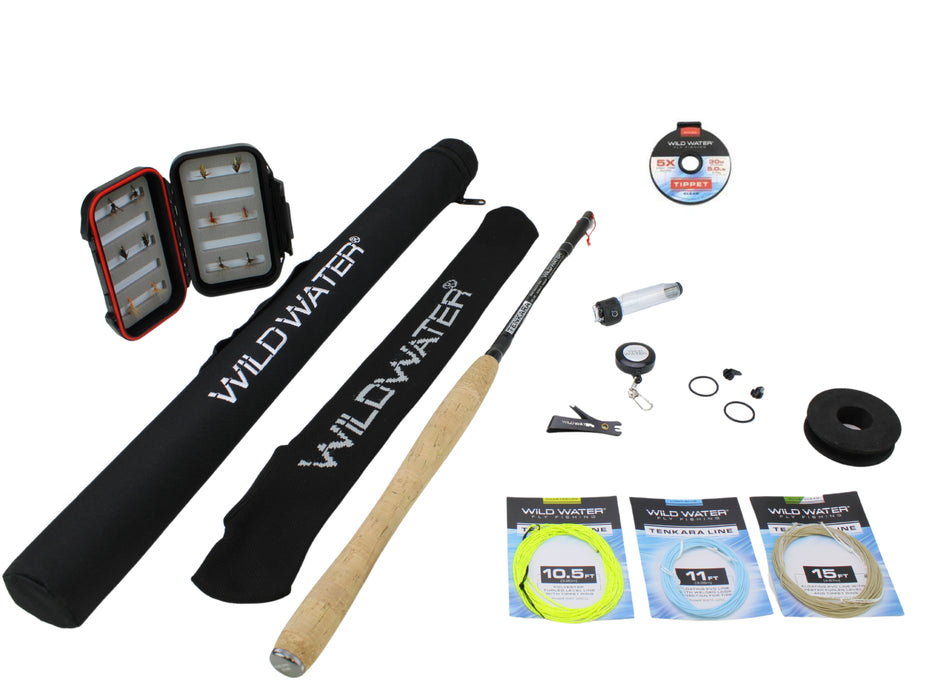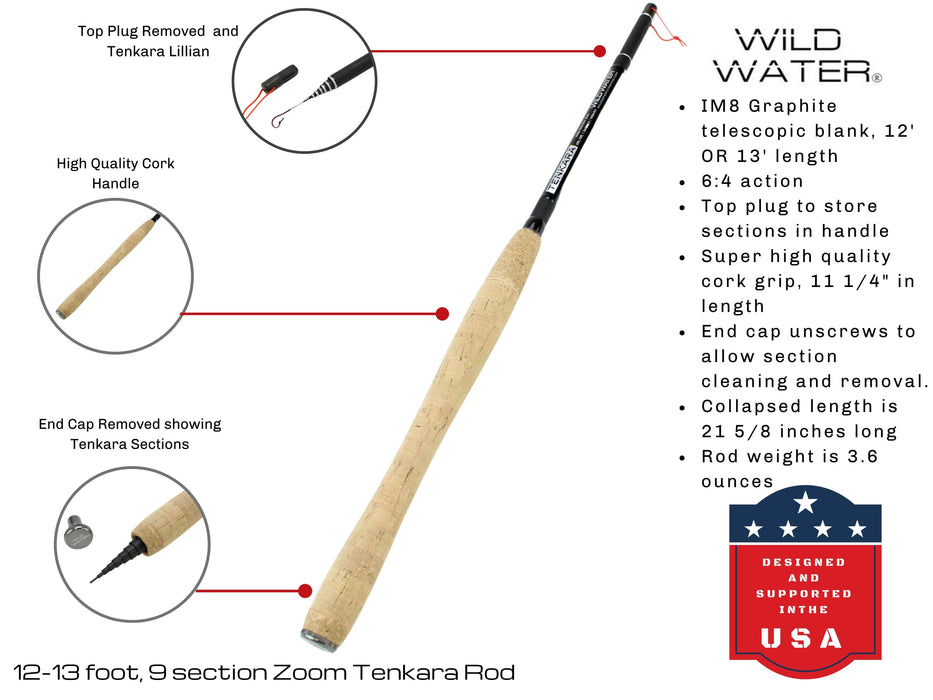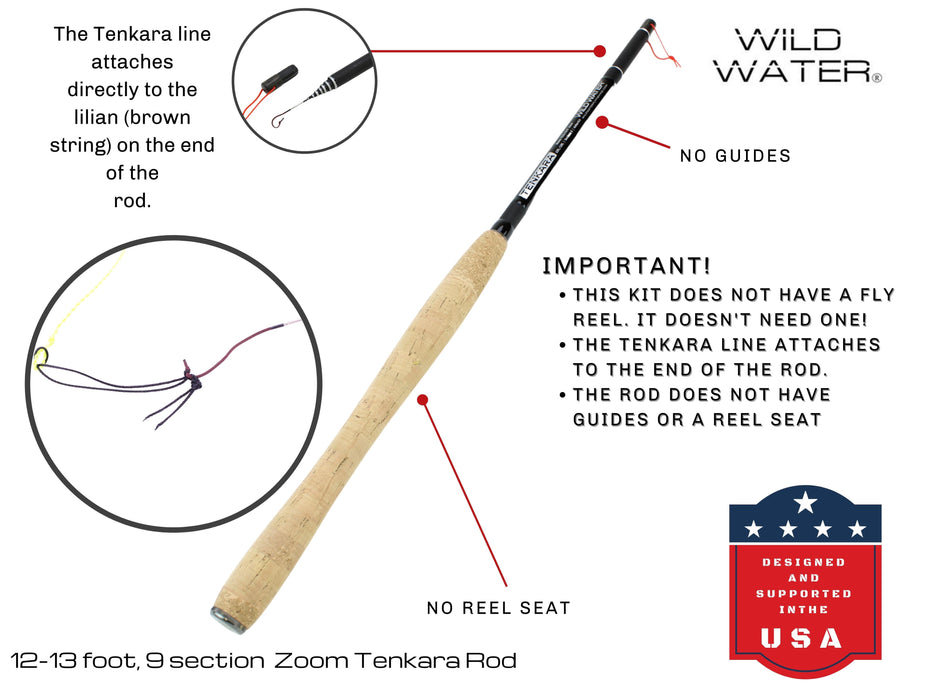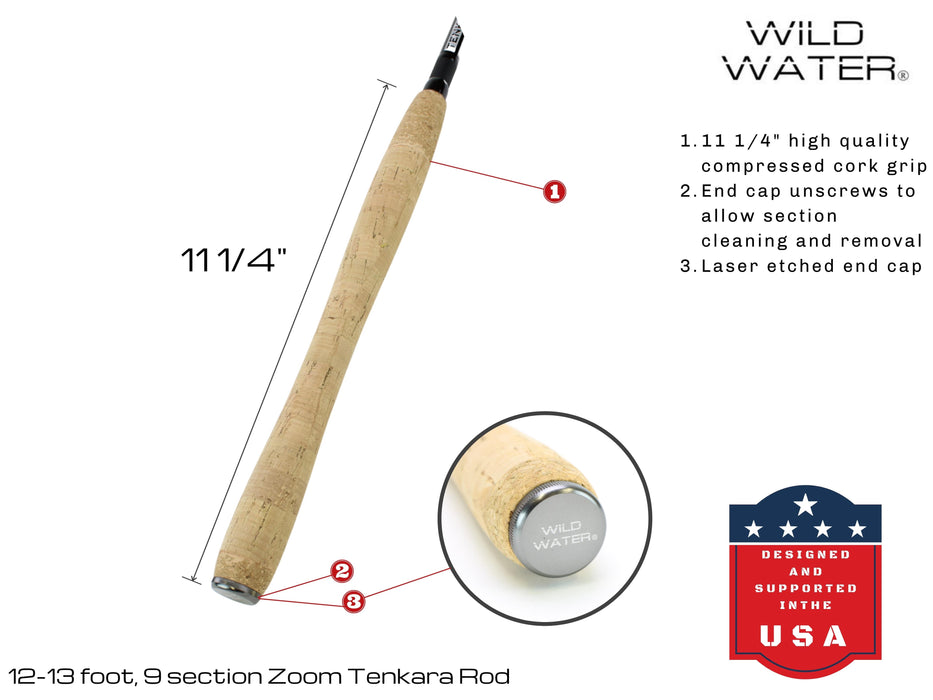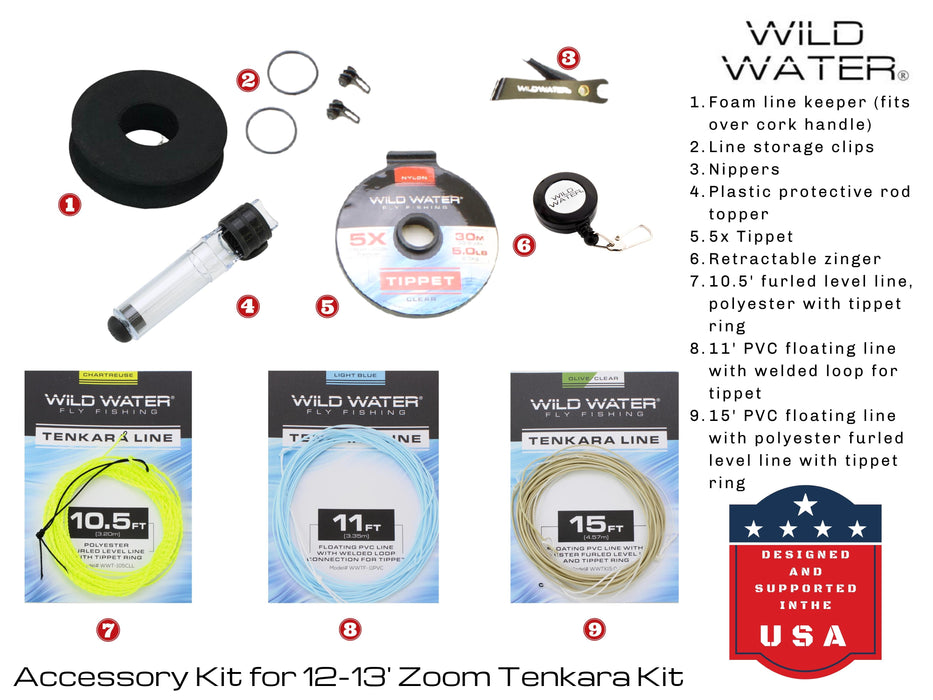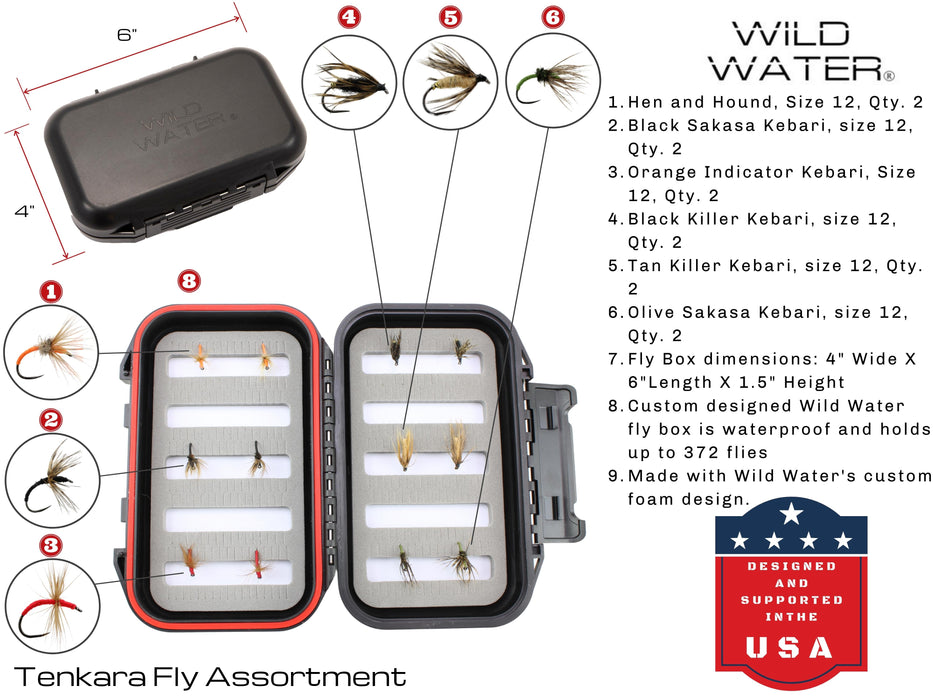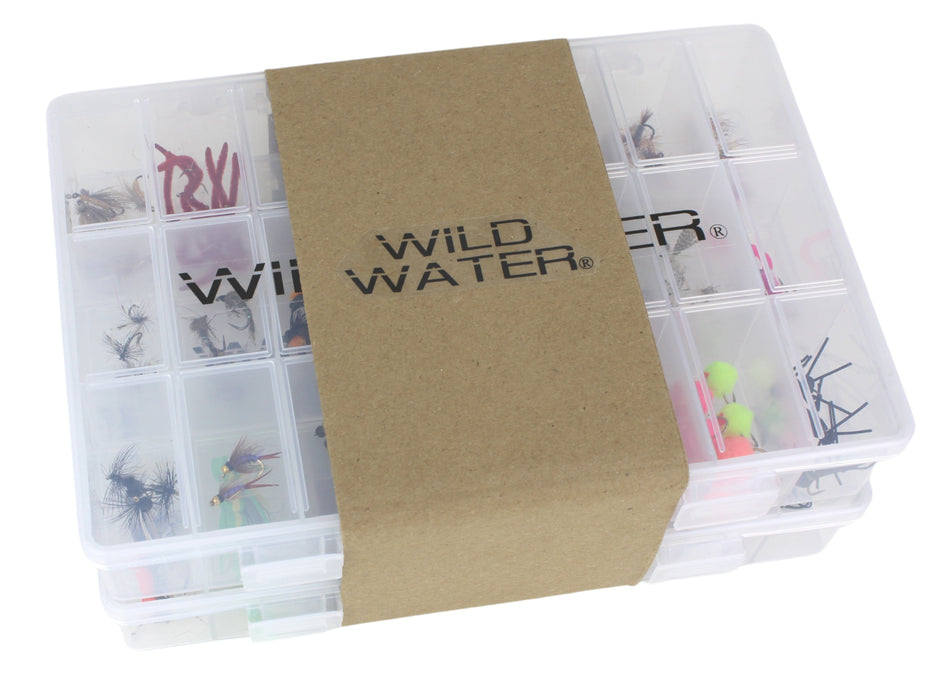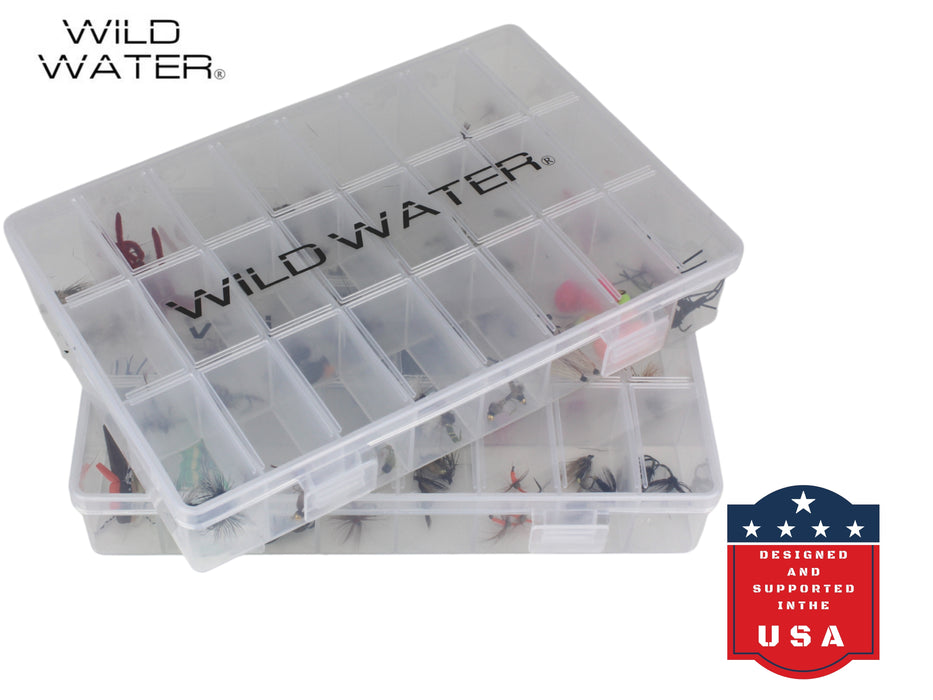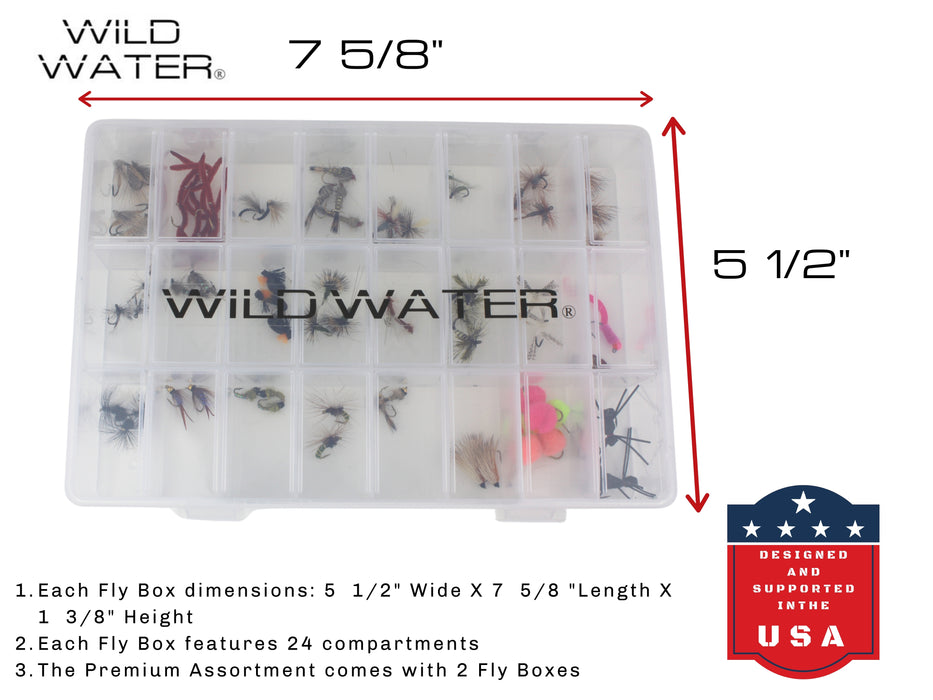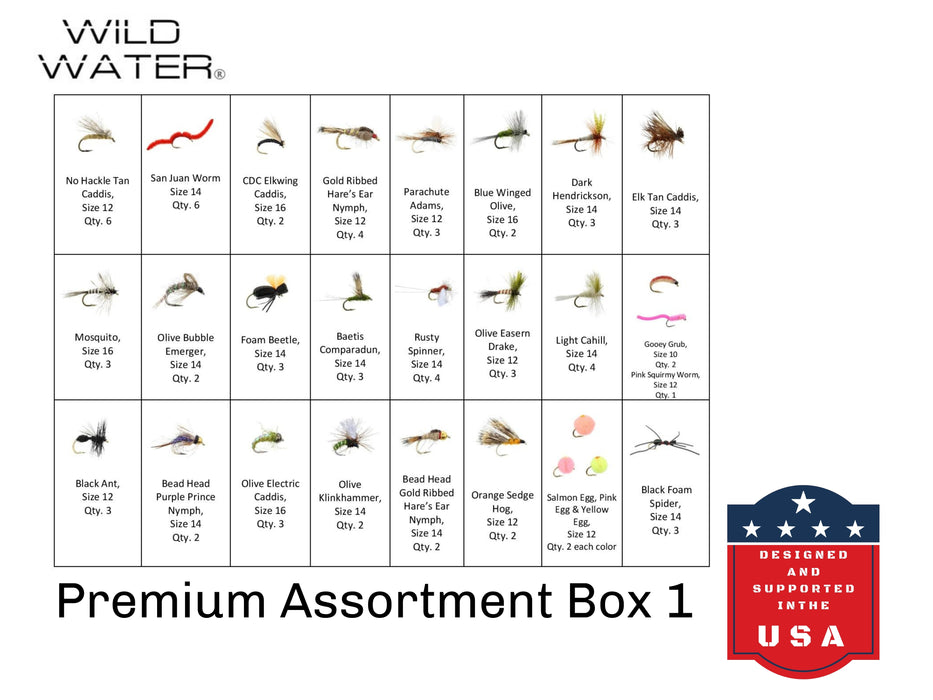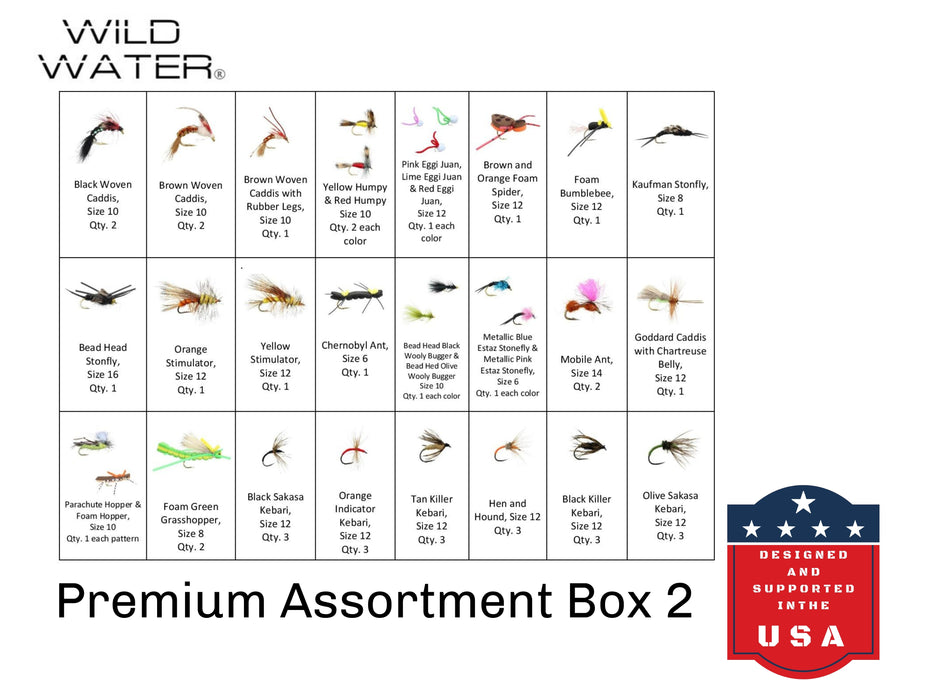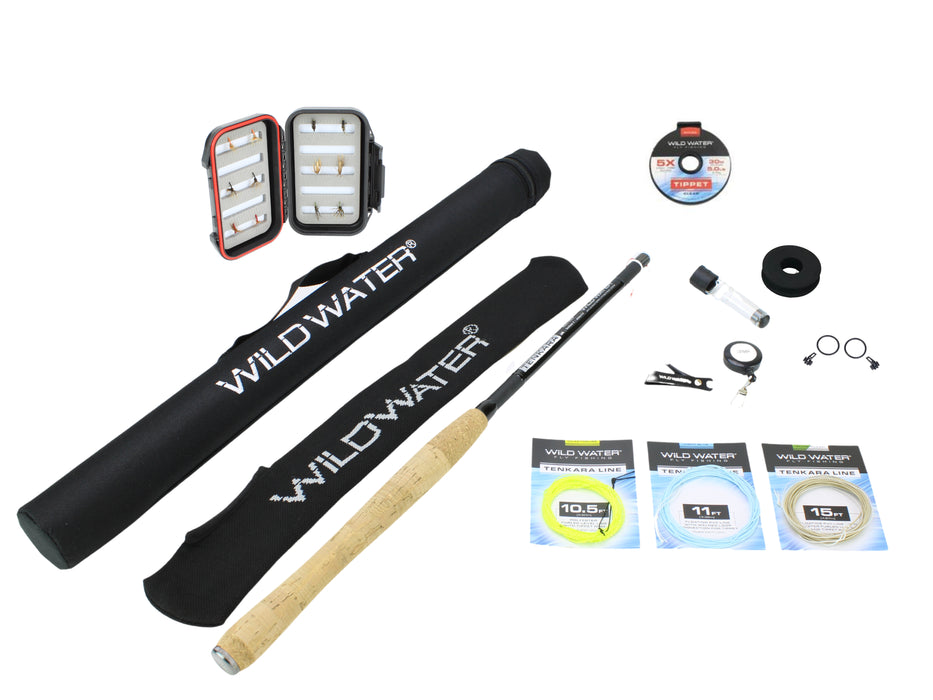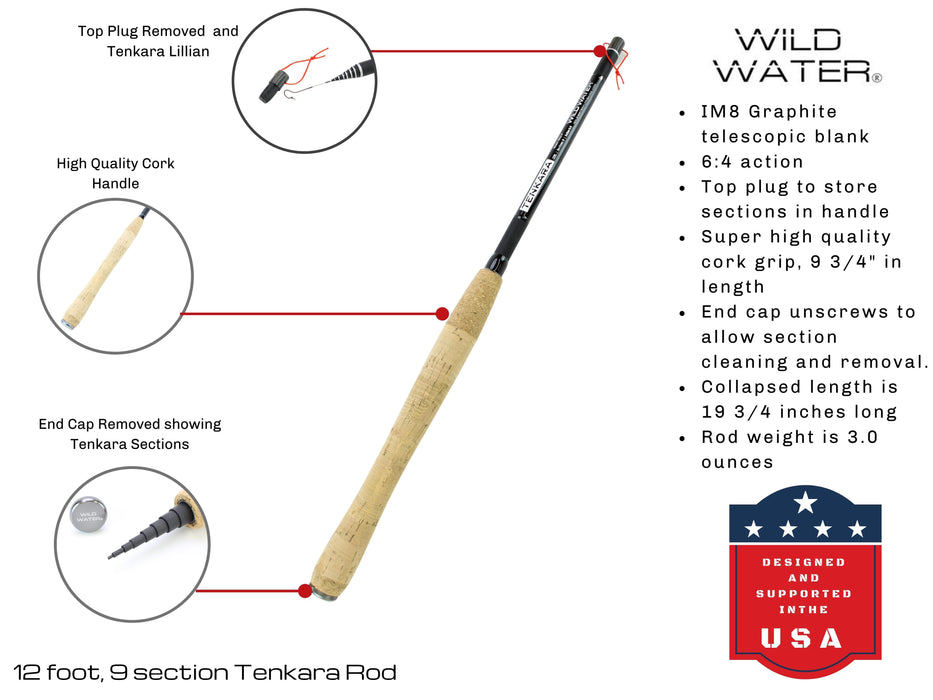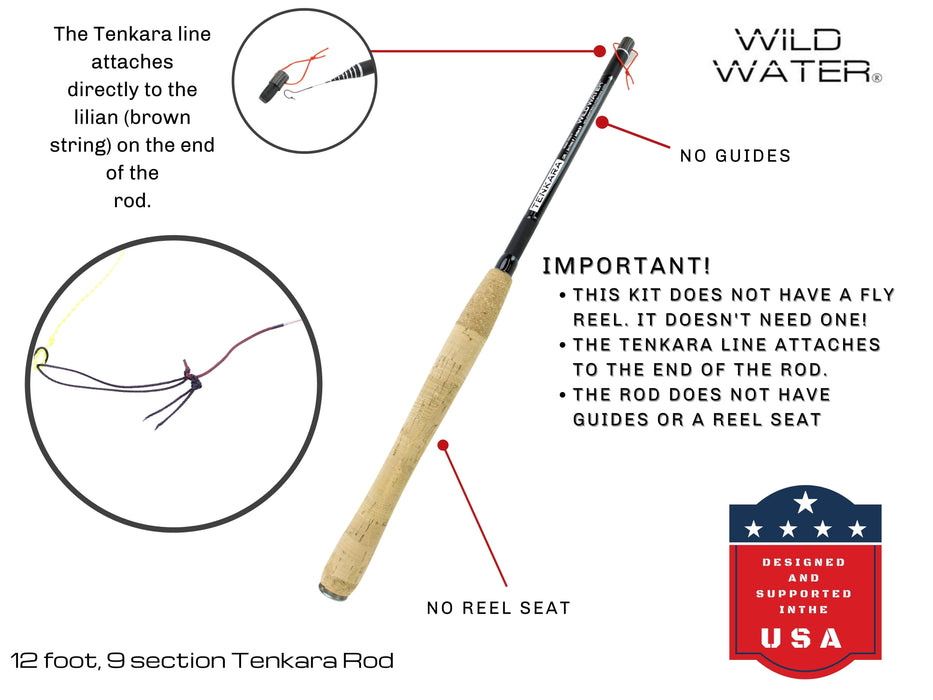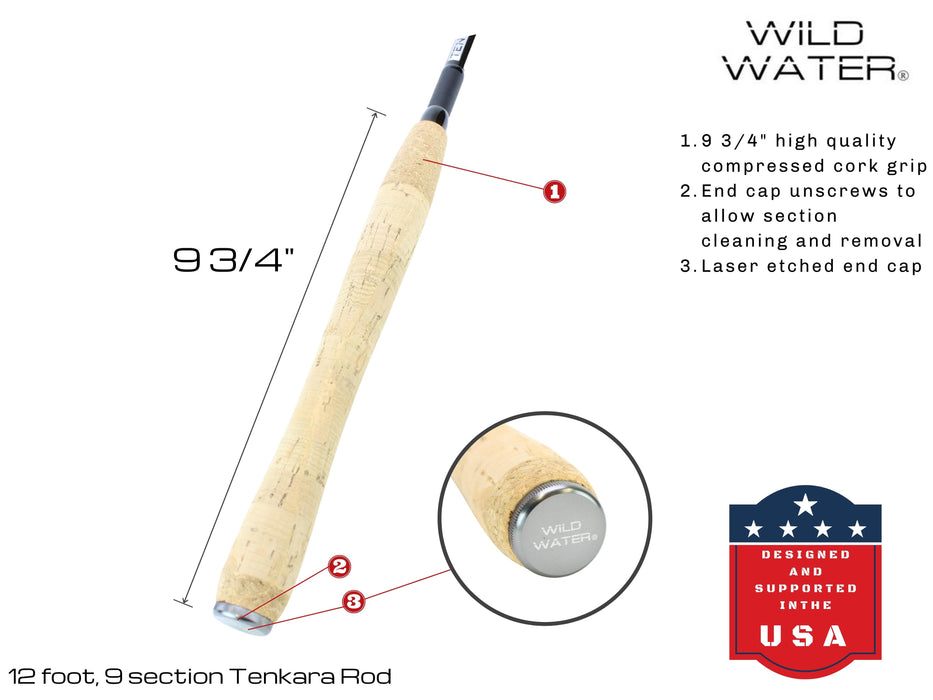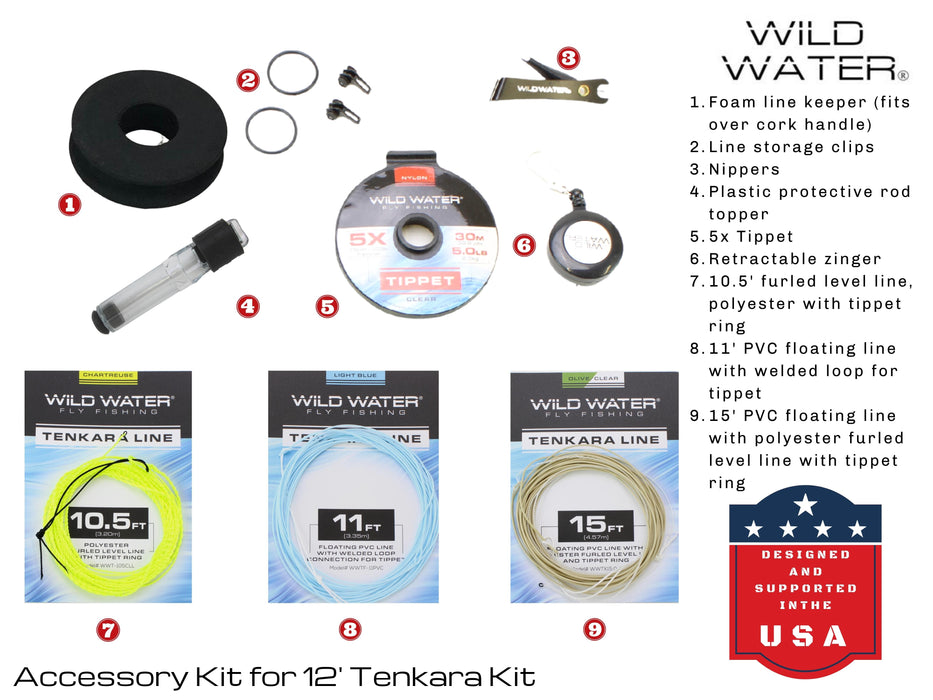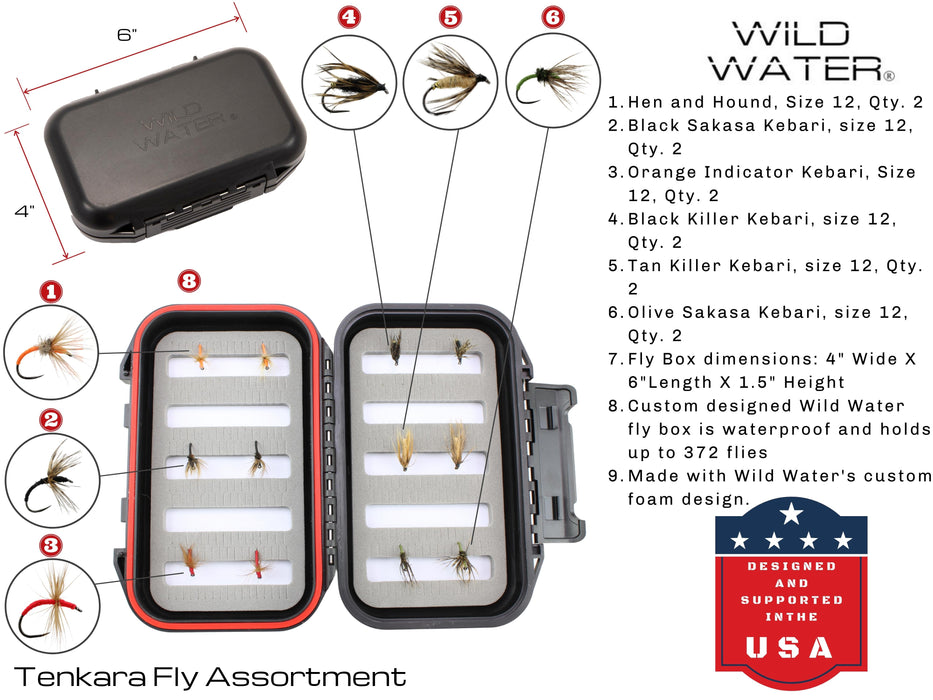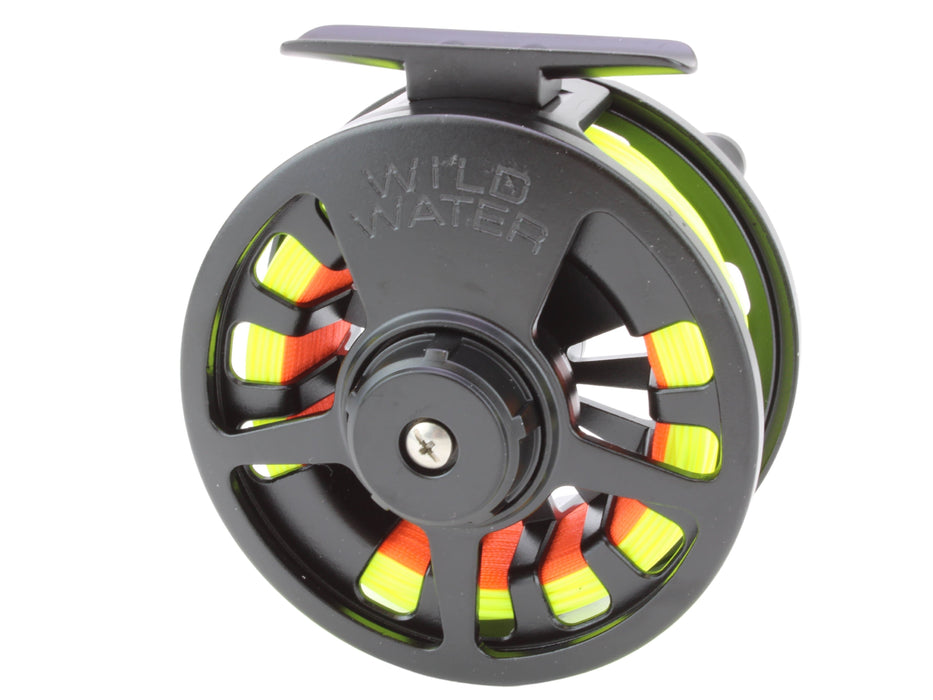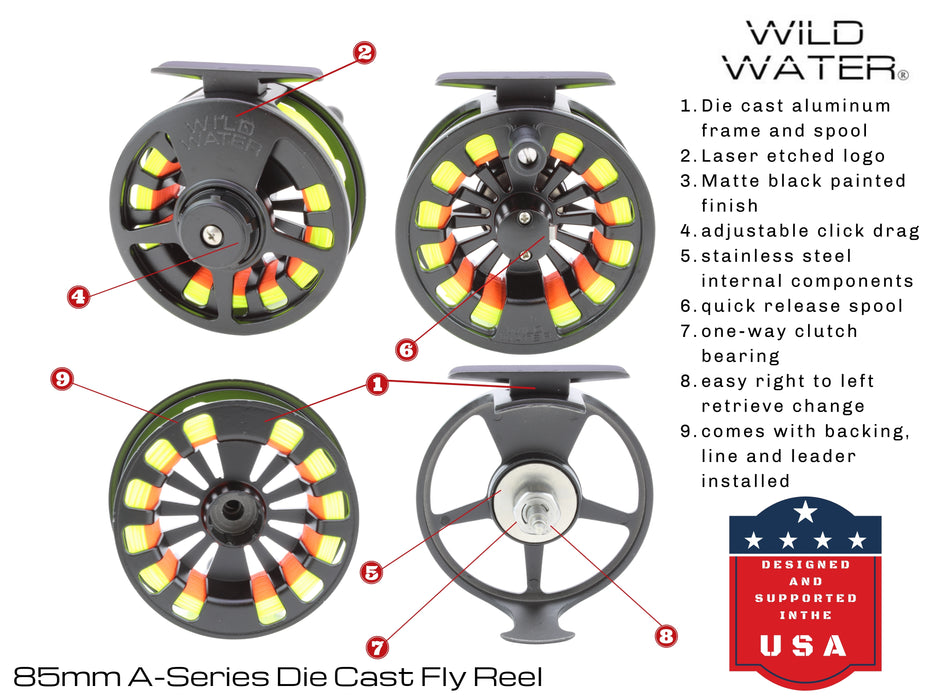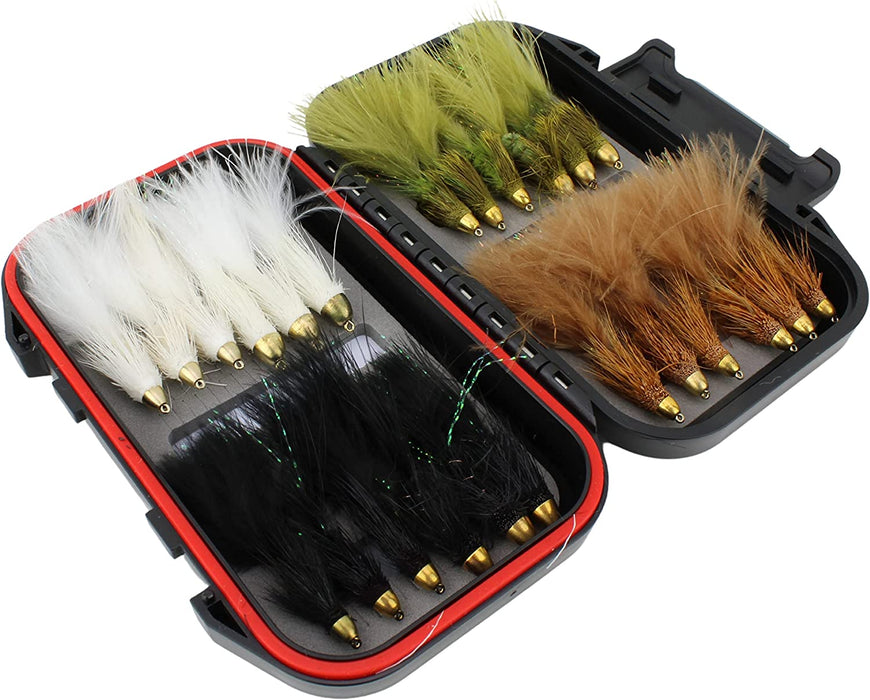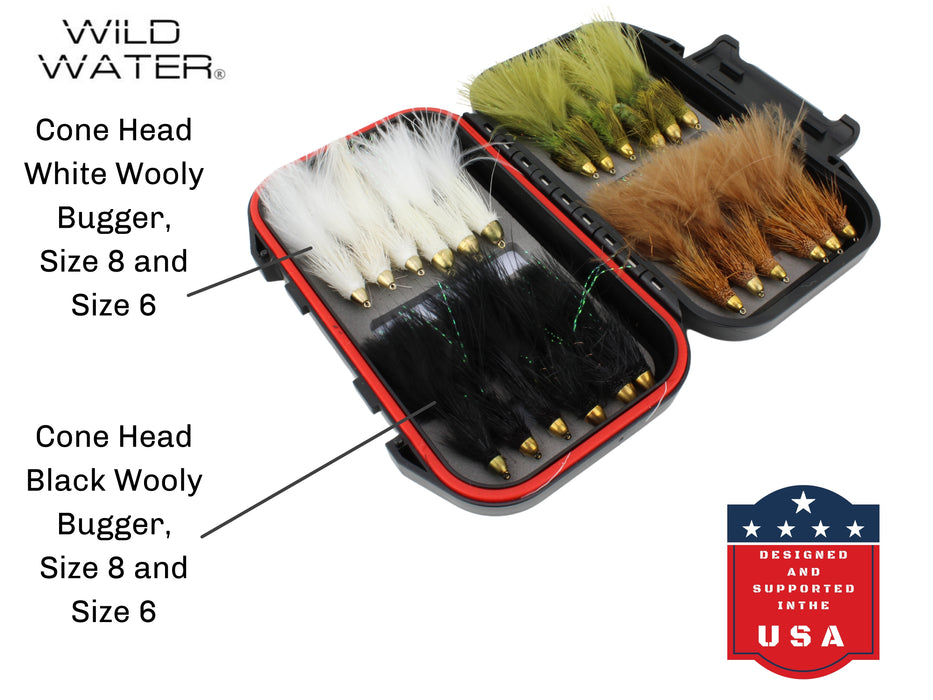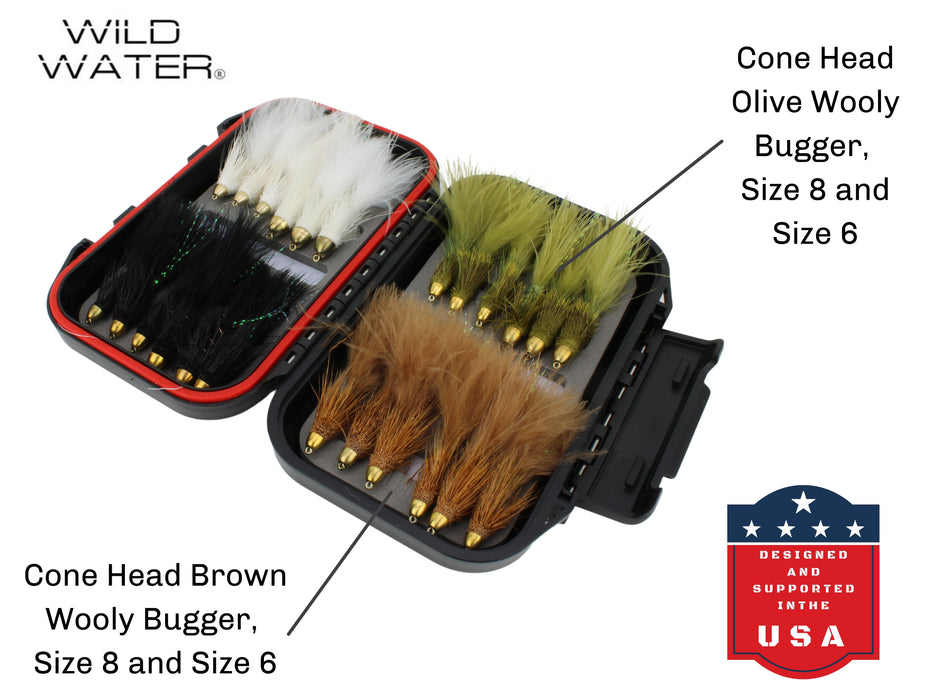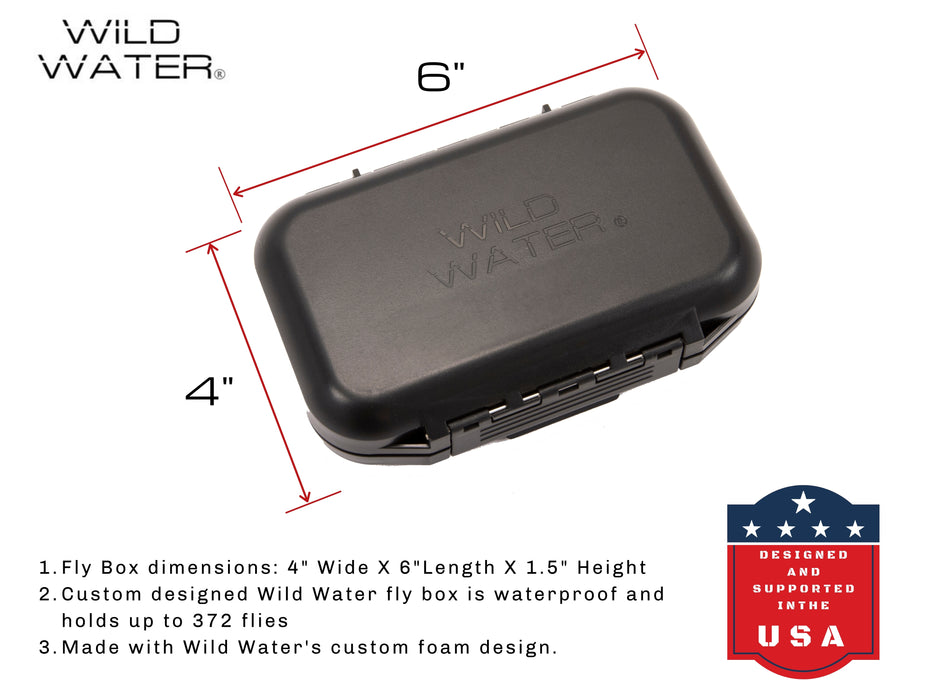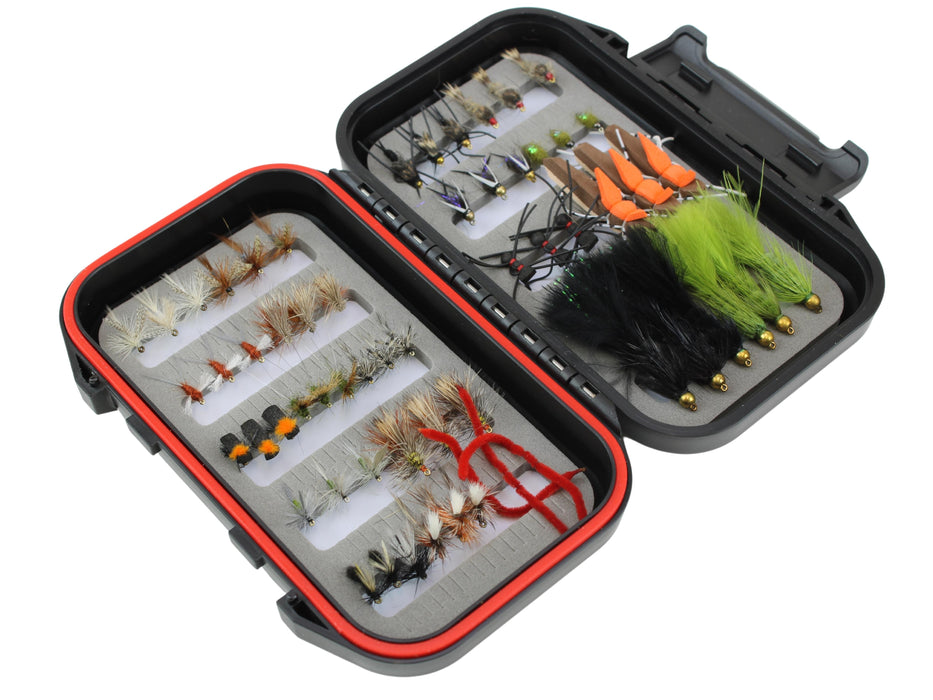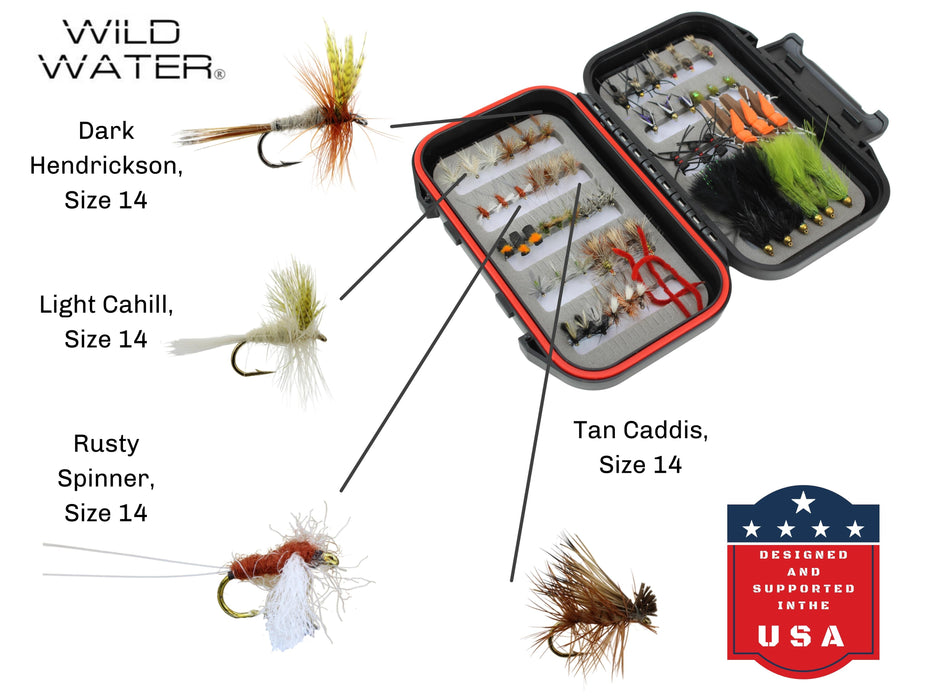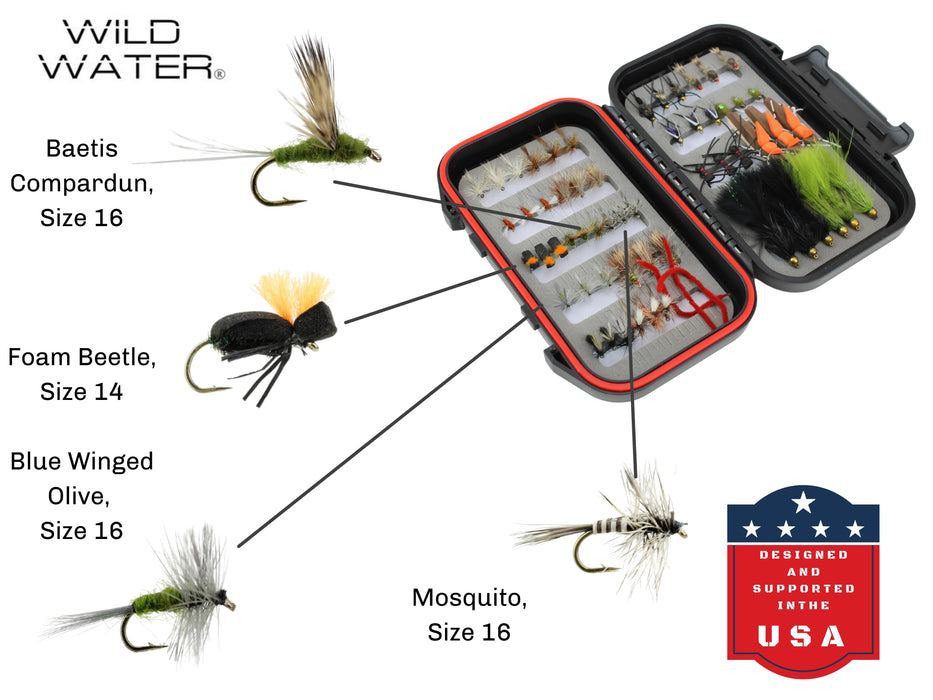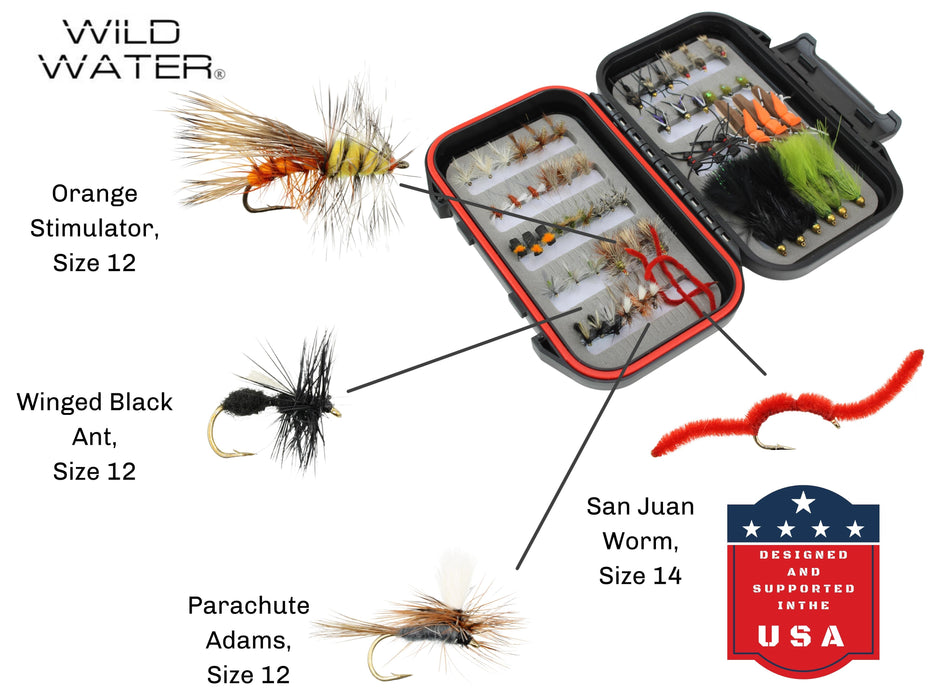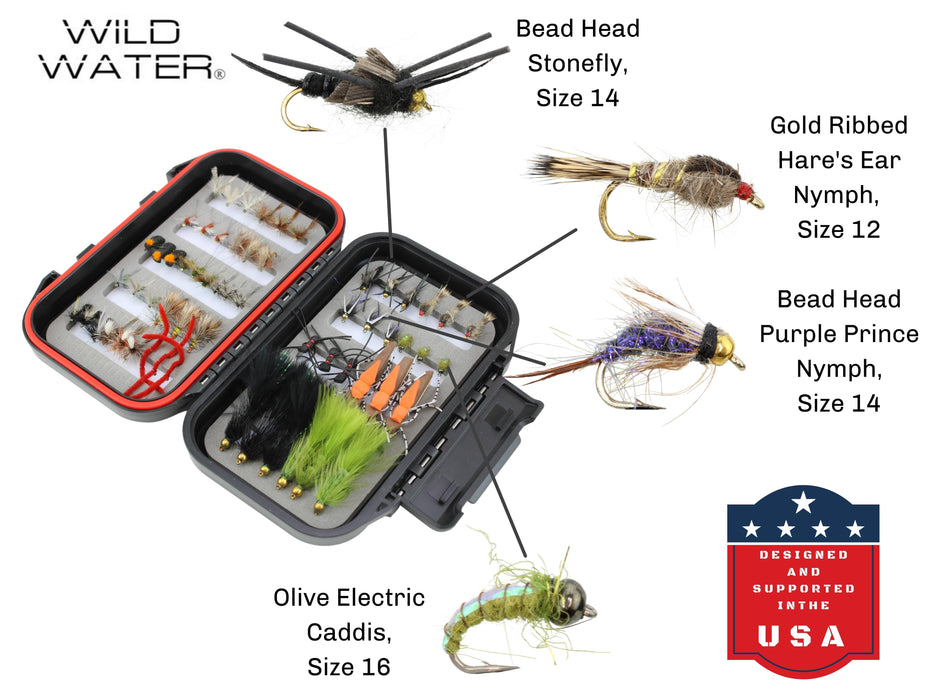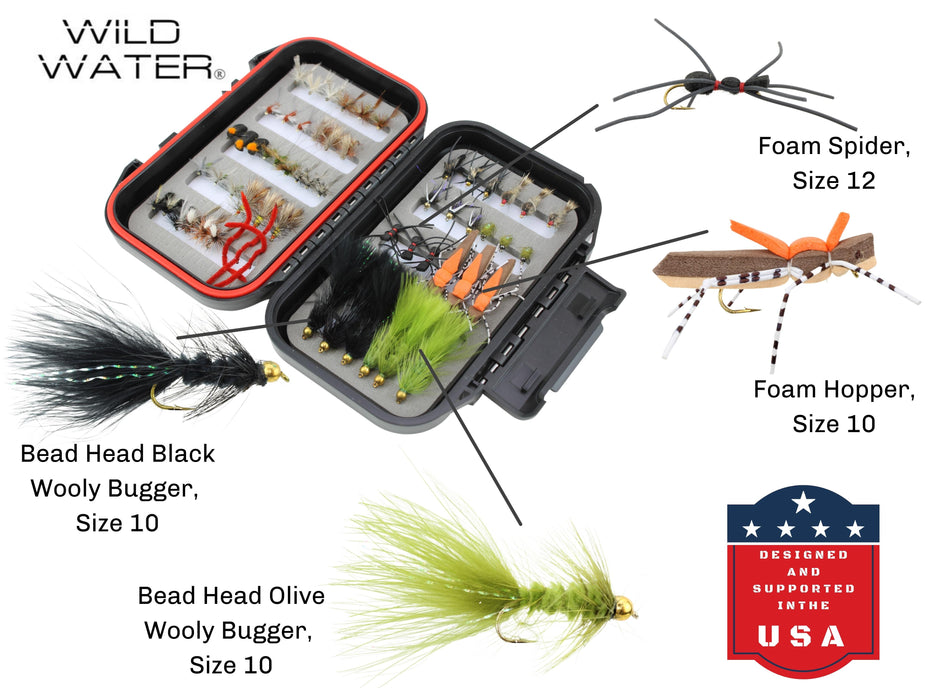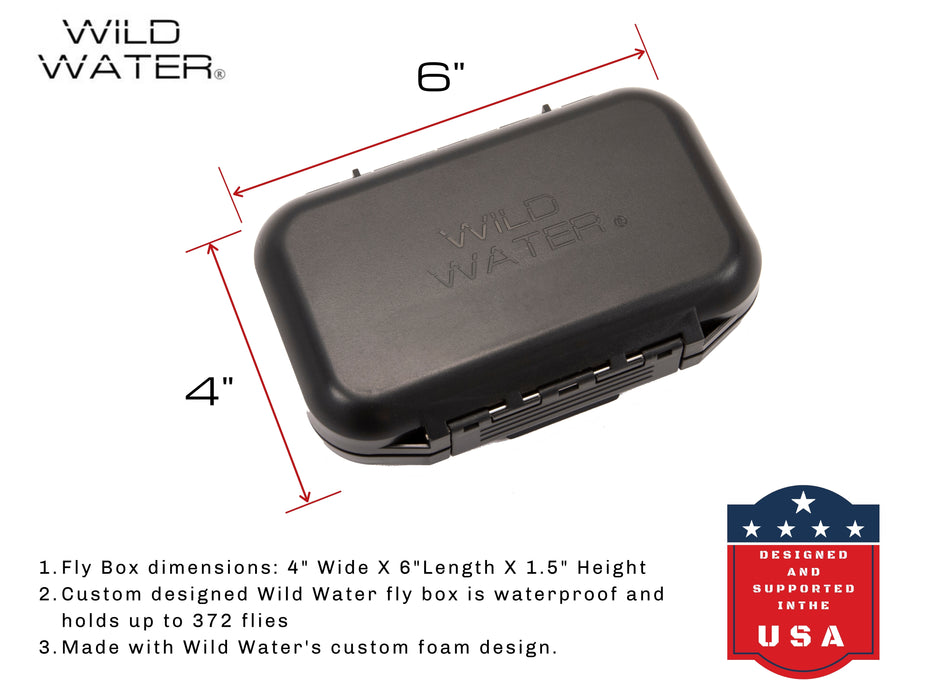Fly Fishing on the Farmington River
CONNECTICUT FLY FISHING
Nutmeggers: natives or residents of Connecticut. It goes back to the colonial days of peddlers selling nutmegs on the streets. Growing up in the Constitution State, I was lucky enough to be immersed in vast cultural diversity that many other places in the country don’t see. Connecticut has the nation’s fourth highest population density of 738 people per square mile. It is mostly developed, although there is a surprising amount of farmland. The Connecticut River, New England’s largest river, runs through the middle of the state. Tobacco was once a major crop in the Connecticut River Valley, known as ‘Connecticut Shade Tobacco’. Much of Connecticut consists of rolling hills and flatlands. The northwestern corner holds a portion of the Appalachian Mountains, although the tallest peak only reaches 2,300 feet. 60% of Connecticut is forested. Maples, birch, and hemlock are common. The climate is moderate due to being close to the Atlantic Ocean. Snowfall and temperatures below freezing can occur during the winters, but not to the extremes that other Northern states see. Summer temperatures usually reach 70-90 degrees with high humidity. Like most of New England, climate is extremely variable and there is a saying that if you don’t like the weather, just wait 15 minutes.
Despite Connecticut’s urbanization, it offers many opportunities for fly fishing. Many of the major rivers were heavily polluted during the industrial revolution, but environmental protections in recent years have helped fish populations come back and thrive. The Farmington River is known as the top destination for trout, and anglers from across the region travel to fish here. The Farmington is a tailwater that originates in the Northwestern part of the state below Goodwin Dam. Goodwin Dam is a 200-foot-tall bottom-release dam, allowing water temperatures in the river to remain close to 50 degrees even in the heat of the summer. TMAs, or Trout Management Areas, exist in sections below the dam. In the TMAs, fishing is catch-and-release and barbless hooks only. Rainbow and brown trout are common, with combinations of hatchery-stocked and wild fish. Trout over 20 inches are not uncommon.
The Farmington River marked the start of my fly fishing career. Growing up, I had always been into fishing, but was never exposed to a fly rod. At 13 years old, my mom purchased a fly fishing lesson for my dad & I for Father’s Day. The structure of the lesson was four hours in a classroom, and at the end our instructor would take us out to the river to catch our first fish. This particular instructor guaranteed that you would catch a fish or get your money back. Bold promise. We arrived at the classroom in the morning, where our instructor taught us about equipment, river hydraulics, entomology, fly selection and more. It seemed a little overwhelming to me at first, and the look on my dad’s face said the same. He grew up in Texas where the norm was to put a worm or Powerbait on a cane pole and catch carp or largemouth bass with instant gratification.
Finally, the classroom time was over, and we headed out to the river. It was early June, and weather was a perfect 70 degrees and sunny. The instructor took us to what appeared to be a well-known riffle in the Trout Management Area, judging by the amount of anglers present. She handed us 9-foot 4-weight rods, each rigged with a classic dry fly, the Parachute Adams and Elk Hair Caddis. The riffle was shallow, just over ankle deep. Water was clear and the river bottom consisted of small rocks and gravel. There were trout rising as far as I could see, many of them smaller, but it seemed like a good place for our instructor to fulfill her guarantee.
She started by coaching me. I had the rod with the caddis fly on. She had me wade out to the middle of the river. The fish here were not spooky, many of them were rising less than 10 feet in front of me. She then had me let out a fixed amount of fly line from the rod tip, 10 feet or so. I was directed to cast the line at a 45-degree angle upstream and away of me and let the fly drift down while keeping slack in the line. The slack kept me from twitching or pulling on the fly, which would not have looked natural to the fish. I missed four or five takes right off the bat, and then finally got into my first trout on a fly rod. It was an 8-inch brown trout, and I could not have been more ecstatic. It was the defining moment that turned me into a full-time fly fishing guide today.
My dad, on the other hand, had a different story. He struggled and was losing motivation. I remember sitting on the riverbank for what seemed to be an eternity, waiting for him to catch his fish. Of course, we couldn’t leave until he caught one. He did eventually catch a rainbow trout about the same size as mine, and we ended the day. On the ride home I was so excited and could not stop talking about how I wanted to do more fly fishing. His point of view was clearly stated in one sentence, “That was way too much work for one d**m fish.”
“To each their own” has become one of my favorite mantras. In my line of work, I meet people from all walks of life with varying viewpoints on the world. With how polarized society has become today, I think it’s important to accept that we can have differing opinions from one another without disliking each other. My dad and I have a great relationship, we just use different fishing gear.

